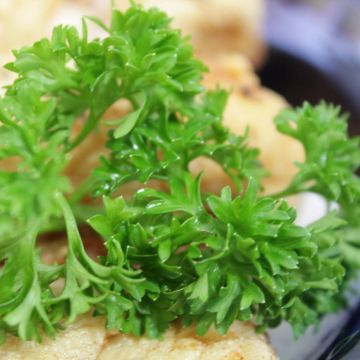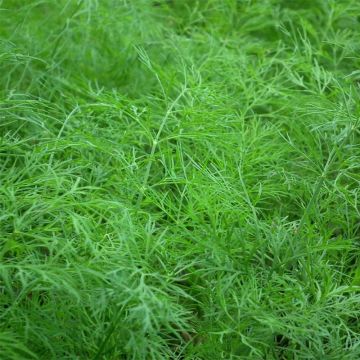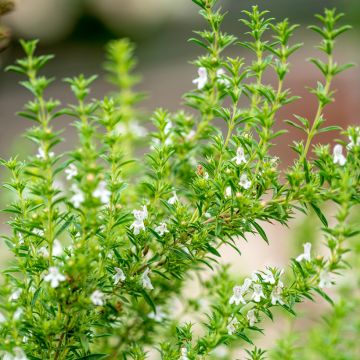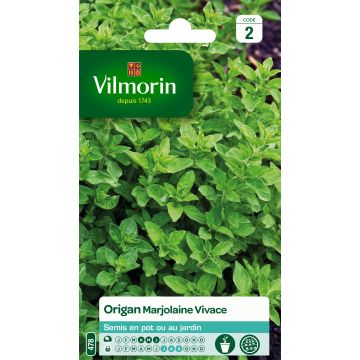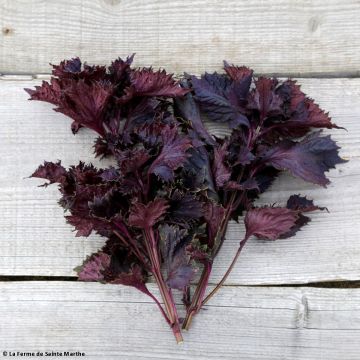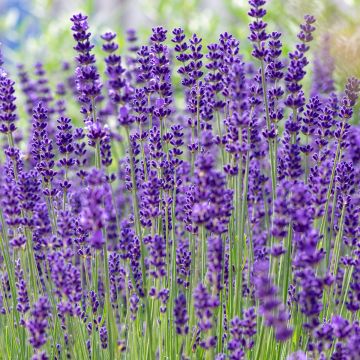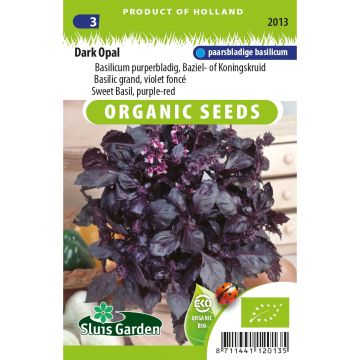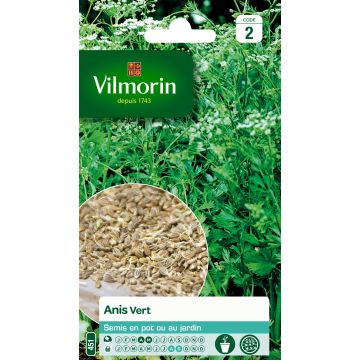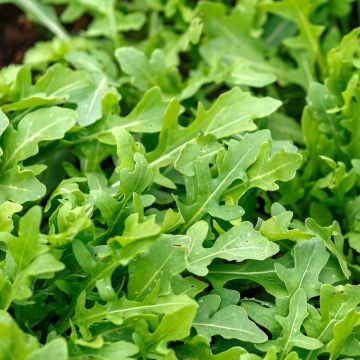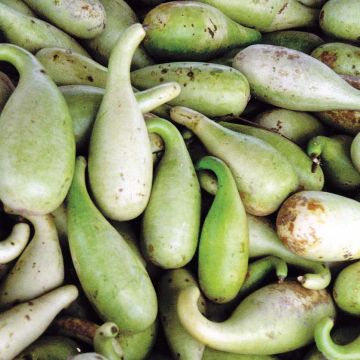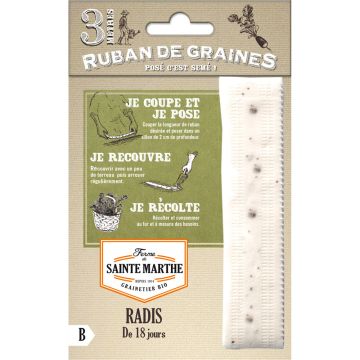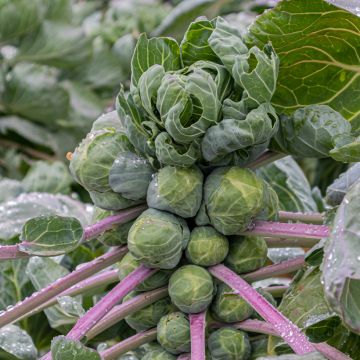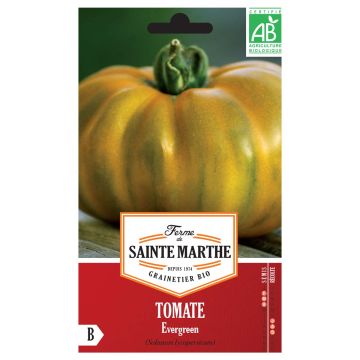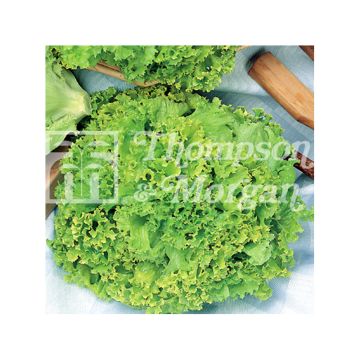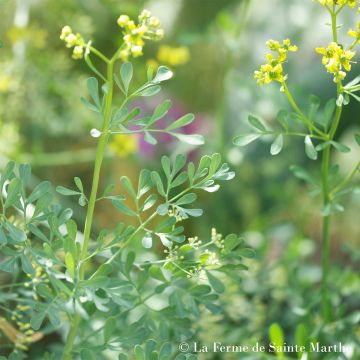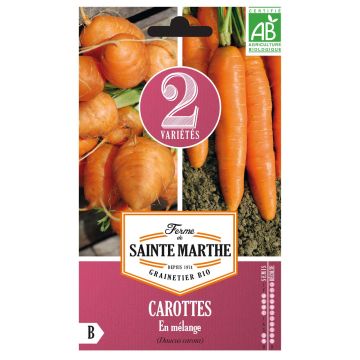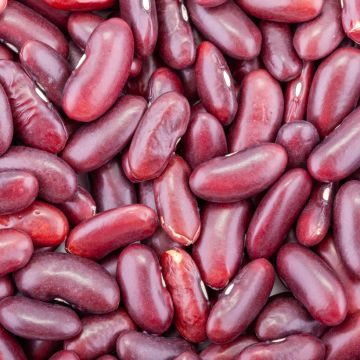Shipping country and language
Your country of residence may be:
Your country of residence is:
For a better user experience on our website, you can select:
Your shipping country:
Andorra
Austria
Belgium
Bulgaria
Canada
Chile
Croatia
Cyprus
Czechia
Denmark
Estonia
Finland
France
Germany
Greece
Hungary
Iceland
Ireland
Italy
Latvia
Lithuania
Luxembourg
Malta
Monaco
Netherlands
Poland
Portugal
Romania
Slovakia
Slovenia
Spain
Sweden
Switzerland
United Kingdom
We only deliver seed and bulb products to your country. If you add other products to your basket, they cannot be shipped.
Language:
French
German
Spanish
English
My Account
Hello
My wish lists
Plantfit
Log in / Register
Existing customer?
New customer?
Create an account to track your orders, access our customer service and, if you wish, make the most of our upcoming offers.
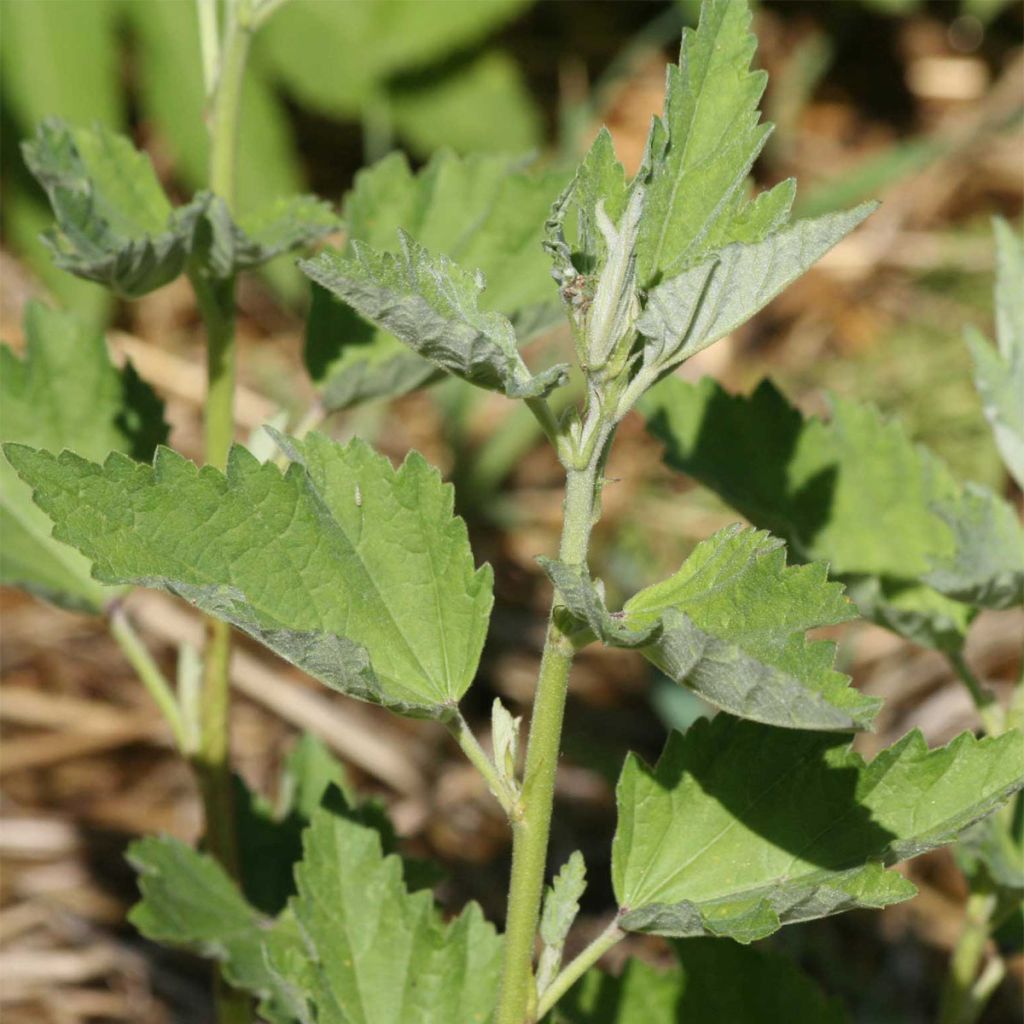

Guimauve officinale Bio - Ferme de Sainte Marthe


Guimauve officinale Bio - Ferme de Sainte Marthe
Organic Althaea officinalis
Althaea officinalis
Marsh Mallow, Joseph's staff, White mallow, Wymot, Wymote
No seed has germinated...
Laurent, 25/03/2020
Order in the next for dispatch today!
Dispatch by letter from €3.90.
Delivery charge from €5.90 Oversize package delivery charge from €6.90.
More information
This item is not available in your country.
Schedule delivery date,
and select date in basket
This plant carries a 6 months recovery warranty
More information
We guarantee the quality of our plants for a full growing cycle, and will replace at our expense any plant that fails to recover under normal climatic and planting conditions.
Seed-only orders are dispatched by sealed envelope. The delivery charge for seed-only orders is €3.90.
Description
The marsh mallow (Althaea officinalis) is a perennial aromatic and medicinal plant that has been somewhat forgotten: it offers a very pretty summer flowering in a pale pinkish white colour, and the entire plant is edible. Its leaves can be cooked like spinach, its flowers can be used to make gentle infusions, and its root was once used to make the confectionery of the same name. It has only one drawback: it does not produce marshmallow! It can be sown in late March for planting from May to July.
The marsh mallow is native to Europe and belongs to the Malvaceae family. It is sometimes called Joseph's staff or White mallow by English speakers. It is found naturally in wet areas along the Mediterranean coast or by rivers. It is a vigorous perennial plant that grows in an upright clump and can reach a height of 1.8 meters (6 feet) with a width of 1 metre (3 feet). It is perfectly hardy, at least down to -15°C (5°F).
Its foliage consists of grey-green, heart-shaped leaves with finely toothed edges. It is deciduous. From July to September, it displays white flowers, slightly tinged with pink, with 5 petals. They are dotted with lilac stamens fused at the base.
Marsh mallow is best known for the mucilage produced by its roots, which was used to make marshmallow candy. This use has fallen out of favour, and marsh mallow is now mainly cultivated as a vegetable plant because its leaves can be consumed raw or cooked, like spinach. Its flowers and root are used to prepare infusions and extractions that relieve respiratory and digestive ailments.
In the garden, marsh mallow thrives in sunny, deep, humus-rich, and moist soil. It is easy to grow and not very demanding, tolerating ordinary soil and temporary drought. It can be planted in an area dedicated to herbs and medicinal plants or at the back of a perennial bed because it is very ornamental.
Harvest: Leaves and roots can be harvested as needed.
Storage: Once dried, the plant can be stored in bags.
Gardener's tip: Like its cousin the hollyhock, marsh mallow can be susceptible to rust.
Organic or 'AB' seeds come from plants grown without phytosanitary products (insecticides, herbicides). These seeds also do not undergo any treatment after harvest. They carry the AB label and are certified by Ecocert, an independent organization.
Harvest
Plant habit
Foliage
Botanical data
Althaea
officinalis
Malvaceae
Marsh Mallow, Joseph's staff, White mallow, Wymot, Wymote
Central Europe
Perennial
Other Marsh Mallow - Althaea
Planting and care
Sowing:
Sowing of the Marshmallow plant can be done from late March to July.
It can be done as early as late March under cover, in seedling trays filled with good sowing compost, or from May to July directly in the ground, in well-warmed soil. The seeds are buried at a depth of 1 cm (0in). One month after germination, it is necessary to thin out, keeping only one plant every 80 cm (32in) or so.
If sowing was done in a nursery, the plants will be transplanted to the garden in June, following the same planting distances as for direct sowing.
Cultivation:
The Marshmallow plant thrives in full sun, in deep, humus-rich soil that remains moist. Its cultivation is easy, as it is not very demanding and can tolerate ordinary soils and occasional drought. Its maintenance is very limited and simply involves cutting back the clump at the end of winter. In regions with harsh winters, remember to protect its base with a thick layer of straw or ferns.
Analysis of the translated text:Sowing:
Sowing of the Marshmallow plant can be done from late March to July.
It can be done as early as late March under cover, in seedling trays filled with good sowing compost, or from May to July directly in the ground, in well-warmed soil. The seeds are buried at a depth of 1 cm (0in). One month after germination, it is necessary to thin out, keeping only one plant every 80 cm (32in) or so.
If sowing was done in a nursery, the plants will be transplanted to the garden in June, following the same planting distances as for direct sowing.
Cultivation:
The Marshmallow plant thrives in full sun, in deep, humus-rich soil that remains moist. Its cultivation is easy, as it is not very demanding and can tolerate ordinary soils and occasional drought. Its maintenance is very limited and simply involves cutting back the clump at the end of winter. In regions with harsh winters, remember to protect its base with a thick layer of straw or ferns.
Seedlings
Care
Intended location
- , onOrder confirmed
Reply from on Promesse de fleurs
Vegetable seeds
Haven't found what you were looking for?
Hardiness is the lowest winter temperature a plant can endure without suffering serious damage or even dying. However, hardiness is affected by location (a sheltered area, such as a patio), protection (winter cover) and soil type (hardiness is improved by well-drained soil).

Photo Sharing Terms & Conditions
In order to encourage gardeners to interact and share their experiences, Promesse de fleurs offers various media enabling content to be uploaded onto its Site - in particular via the ‘Photo sharing’ module.
The User agrees to refrain from:
- Posting any content that is illegal, prejudicial, insulting, racist, inciteful to hatred, revisionist, contrary to public decency, that infringes on privacy or on the privacy rights of third parties, in particular the publicity rights of persons and goods, intellectual property rights, or the right to privacy.
- Submitting content on behalf of a third party;
- Impersonate the identity of a third party and/or publish any personal information about a third party;
In general, the User undertakes to refrain from any unethical behaviour.
All Content (in particular text, comments, files, images, photos, videos, creative works, etc.), which may be subject to property or intellectual property rights, image or other private rights, shall remain the property of the User, subject to the limited rights granted by the terms of the licence granted by Promesse de fleurs as stated below. Users are at liberty to publish or not to publish such Content on the Site, notably via the ‘Photo Sharing’ facility, and accept that this Content shall be made public and freely accessible, notably on the Internet.
Users further acknowledge, undertake to have ,and guarantee that they hold all necessary rights and permissions to publish such material on the Site, in particular with regard to the legislation in force pertaining to any privacy, property, intellectual property, image, or contractual rights, or rights of any other nature. By publishing such Content on the Site, Users acknowledge accepting full liability as publishers of the Content within the meaning of the law, and grant Promesse de fleurs, free of charge, an inclusive, worldwide licence for the said Content for the entire duration of its publication, including all reproduction, representation, up/downloading, displaying, performing, transmission, and storage rights.
Users also grant permission for their name to be linked to the Content and accept that this link may not always be made available.
By engaging in posting material, Users consent to their Content becoming automatically accessible on the Internet, in particular on other sites and/or blogs and/or web pages of the Promesse de fleurs site, including in particular social pages and the Promesse de fleurs catalogue.
Users may secure the removal of entrusted content free of charge by issuing a simple request via our contact form.
The flowering period indicated on our website applies to countries and regions located in USDA zone 8 (France, the United Kingdom, Ireland, the Netherlands, etc.)
It will vary according to where you live:
- In zones 9 to 10 (Italy, Spain, Greece, etc.), flowering will occur about 2 to 4 weeks earlier.
- In zones 6 to 7 (Germany, Poland, Slovenia, and lower mountainous regions), flowering will be delayed by 2 to 3 weeks.
- In zone 5 (Central Europe, Scandinavia), blooming will be delayed by 3 to 5 weeks.
In temperate climates, pruning of spring-flowering shrubs (forsythia, spireas, etc.) should be done just after flowering.
Pruning of summer-flowering shrubs (Indian Lilac, Perovskia, etc.) can be done in winter or spring.
In cold regions as well as with frost-sensitive plants, avoid pruning too early when severe frosts may still occur.
The planting period indicated on our website applies to countries and regions located in USDA zone 8 (France, United Kingdom, Ireland, Netherlands).
It will vary according to where you live:
- In Mediterranean zones (Marseille, Madrid, Milan, etc.), autumn and winter are the best planting periods.
- In continental zones (Strasbourg, Munich, Vienna, etc.), delay planting by 2 to 3 weeks in spring and bring it forward by 2 to 4 weeks in autumn.
- In mountainous regions (the Alps, Pyrenees, Carpathians, etc.), it is best to plant in late spring (May-June) or late summer (August-September).
The harvesting period indicated on our website applies to countries and regions in USDA zone 8 (France, England, Ireland, the Netherlands).
In colder areas (Scandinavia, Poland, Austria...) fruit and vegetable harvests are likely to be delayed by 3-4 weeks.
In warmer areas (Italy, Spain, Greece, etc.), harvesting will probably take place earlier, depending on weather conditions.
The sowing periods indicated on our website apply to countries and regions within USDA Zone 8 (France, UK, Ireland, Netherlands).
In colder areas (Scandinavia, Poland, Austria...), delay any outdoor sowing by 3-4 weeks, or sow under glass.
In warmer climes (Italy, Spain, Greece, etc.), bring outdoor sowing forward by a few weeks.
